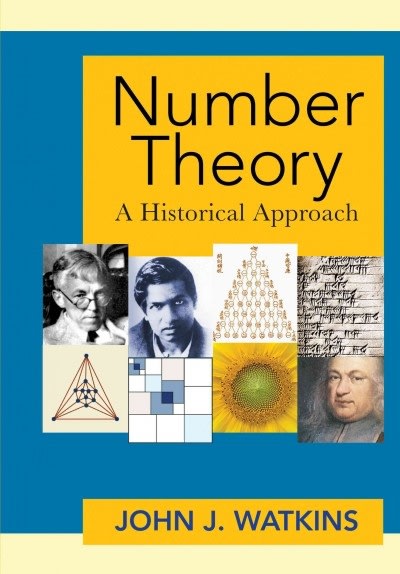Question
Question 1 Using the following 5 year data series, calculate the correlation between interest rates and US new home sales. Year Home sales (thousands) Interest
Question 1
Using the following 5 year data series, calculate the correlation between interest rates and US new home sales.
| Year | Home sales (thousands) | Interest rate (%) |
| 1 | 693 | 9 |
| 2 | 653 | 8 |
| 3 | 550 | 3 |
| 4 | 564 | 8 |
| 5 | 593 | 10 |
Question 2
Based on 59 monthly observations, you calculate the correlation between the returns of the SP500 index and small cap index to be 0.56. What is the t-statistic for this observation, assuming the variables are normally distributed?
(Bonus thinking questions: Use the T.INV() spreadsheet function, with the appropriate degrees of freedom, to see if you can reject the null hypothesis of no correlation at the 5% level. Use T.DIST() function to calculate the p-value of your t-statistic.)
Question 3
In conducting a regression of gasoline consumption on gasoline prices, you calculate the total variation in the dependent variable of 138 and the unexplained variation of 50. What is the coefficient of determination for your regression?
Question 4
After running a regression on 60 monthly observations of a fund's returns on the returns of a stock market index, you find the estimate of the slope coefficient of 0.82 with a standard error of 0.35. You are interested in testing the hypothesis of whether the slope is equal to 1. What is the t-statistic for this hypothesis test?
(Bonus thinking question: can you reject the null hypothesis that the slope = 1 at a 5% confidence level?)
Question 5
In trying to determine the relationship between consumer sentiment on annualized GDP growth, you collect data for 40 quarters, and regress GDP growth as the dependent variable on consumer sentiment as independent variable. The data statistics and regression results are as follows:
| GDP growth | Sentiment | |
| Mean | 2.6 | 96 |
| St.Dev. | 3.5 | 20 |
Regression results:
| R-squared | 0.5 |
| Standard error | 0.82 |
| Intercept | 1.6 |
| Intercept std. error | 1.8 |
| Slope | 0.23 |
| Slope std. error | 0.11 |
What is the variance of the prediction error if you try to predict GDP growth when consumer sentiment = 95, using the results of this regression?
(Bonus thinking question: Is your prediction statistically different from zero at a 5% level of significance?)
Step by Step Solution
There are 3 Steps involved in it
Step: 1

Get Instant Access to Expert-Tailored Solutions
See step-by-step solutions with expert insights and AI powered tools for academic success
Step: 2

Step: 3

Ace Your Homework with AI
Get the answers you need in no time with our AI-driven, step-by-step assistance
Get Started


